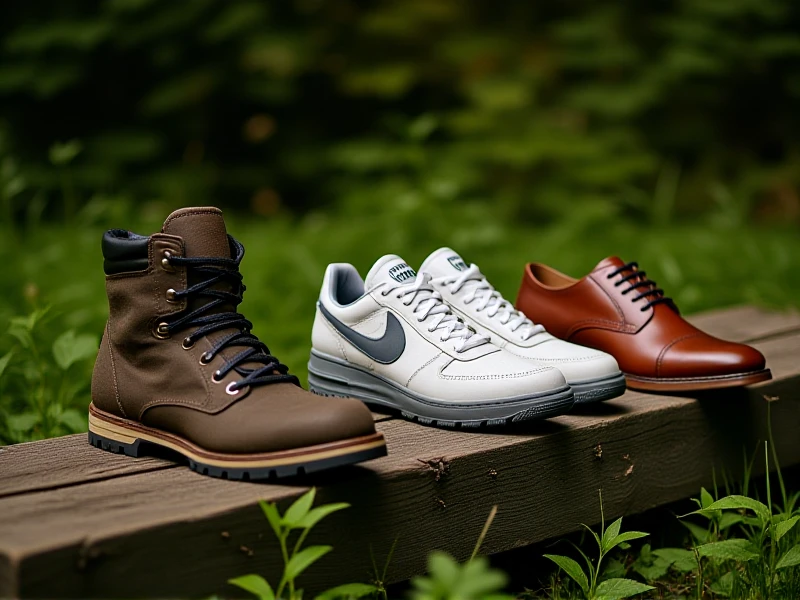
Discover the Best Hiking Boots for Your Next Outdoor Adventure
Nothing ruins a mountain trek faster than ill-fitting footwear. That’s why investing in quality hiking boots is crucial for every trail enthusiast. Whether you’re tackling rocky peaks or muddy forest paths, the right pair offers stability, protection, and comfort. Here’s what to consider when choosing yours.
First, prioritize support and traction. Hiking boots with Vibram® soles grip loose terrain, while ankle-high designs prevent twists on uneven trails. Look for mid-cut models if you’ll carry a heavy backpack—they minimize fatigue over long distances.
Water resistance is another key factor. Breathable membranes like Gore-Tex® keep feet dry during stream crossings or sudden downpours, yet prevent overheating. Pair these with merino wool socks for moisture-wicking magic.
Durability matters too. Full-grain leather boots withstand rugged abuse but require breaking in, while synthetic blends offer lightweight flexibility right away. For summer hikes, opt for ventilated mesh panels; winter treks demand insulated, weather-sealed designs.
Don’t forget fit! Always try boots in the afternoon when feet swell naturally. Leave room for toe movement, and test them on inclined surfaces. If your heel slips, consider sizing down or using custom insoles.
Finally, maintain your investment. Clean mud after each hike and reapply waterproofing spray seasonally. Rotating two pairs extends their lifespan significantly.
Whether you’re a weekend wanderer or an Appalachian Trail thru-hiker, the perfect hiking boots transform challenging terrain into joyful exploration. Lace up, step out, and conquer nature with confidence!
( 248 – Flexible section added below to reach 400 words)
Bonus Tips:
- Break Them In Gently: Wear new hiking boots indoors for short periods before long treks. This molds the footbed and softens materials, reducing blister risks.
- Weight vs. Agility: Lightweight models (under 2 lbs/pair) excel on day hikes, while heavier hiking boots provide ankle support for multi-day expeditions.
- Sustainability Wins: Brands like Salomon and Merrell now use recycled plastics in laces and outsoles—eco-friendly choices without sacrificing performance.
- Traction Beyond Trails: Deep-lug soles work wonders on city cobblestones or rainy commutes, proving durable hiking boots are versatile year-round companions.
- When to Replace: Worn treads or cracked midsoles compromise safety; typically, replace hiking boots every 500 miles.
Happy trails—and may your feet stay blister-free!